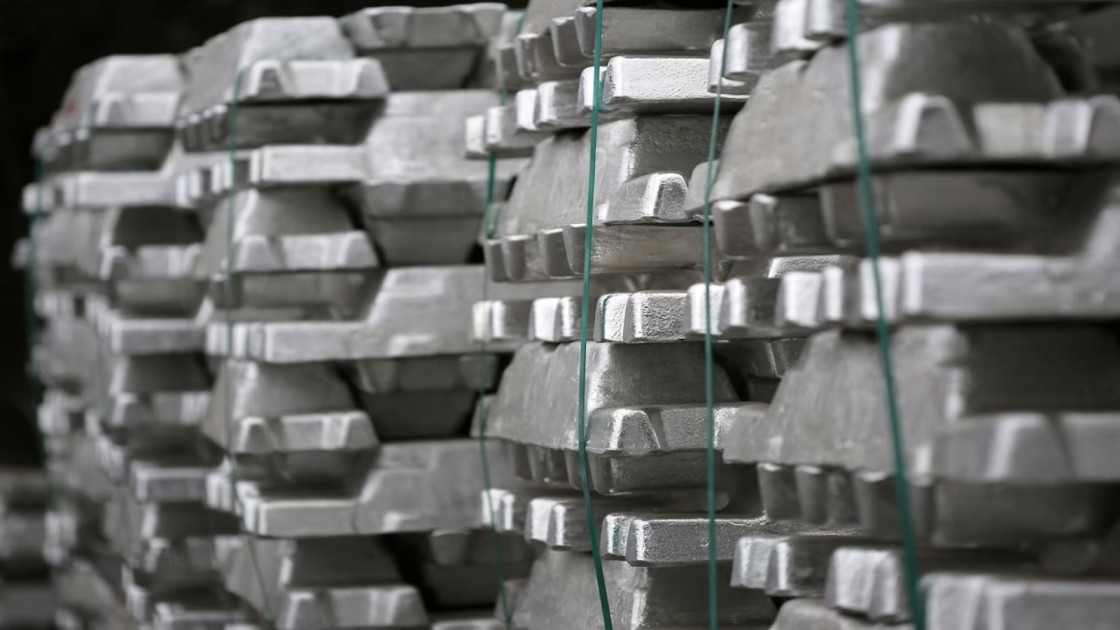India–US Trade Tensions Rise Over Steel and Auto Tariffs NMDC Limited reports a 38% drop in Q4 FY24 consolidated net profit RINL to Raise $23 Million Through Land Sales Amid Crisis

According to a report published by the Council on Energy, Environment and Water (CEEW), the aluminium industry will need to invest an extra ₹2.2 lakh crore in capital projects in order to reach net zero carbon emissions.
According to the research, which offers a first-of-its-kind estimate of how to decarbonise the critical industry, renewable energy (RE) has the ability to reduce overall emissions by 49%. Due to the intermittent nature of renewable energy, a complete shift is not practical, necessitating backup solutions for reliability during grid outages.
Aluminum is one of the fastest-growing industries in India and is used extensively, especially in the power sector. However, reaching net-zero emissions could result in an annual operating cost of around ₹26,049 crore, or 61% more expensive. Despite India's relatively low per capita use of aluminum (2.5 kg) in comparison to the world average of 11 kg, the industry released an astounding 77 million tonnes of carbon dioxide in 2019–20.
India has committed to achieving net-zero emissions (a balance between greenhouse gases emitted and removed from the atmosphere) by 2070 and 50% in cumulative electric power installed capacity from non-fossil fuel-based energy resources by 2030. “Aluminium and fertiliser are key industries for India’s economic growth, and significant government support will be necessary to build the necessary infrastructure,” Mallya said.
The study identifies energy efficiency improvements and waste heat recovery as potential emission-reducing measures without increasing aluminium costs, albeit mitigating only 8% of total emissions. Other measures such as renewable energy adoption and carbon capture entail additional costs.
Deepak Yadav, programme Lead at the CEEW, underlined the need for incentivising renewable energy adoption and formulating favourable policies for carbon capture and storage. “Decarbonising the sector will have a significant impact on India’s cumulative industrial emissions,” Yadav said.
In a related development, the CEEW launched a study on decarbonising the fertiliser industry, a significant emitter in India’s industrial landscape. The study suggests switching to green ammonia production and implementing carbon management options to achieve net-zero emissions.
India is the second-largest fertiliser producer in the world, accounting for around 20% of global production. However, it is a significant source of greenhouse gas emissions — around 25 million tonnes of carbon dioxide annually — due to energy-intensive production processes and extensive fossil fuel use, particularly natural gas. Because fertiliser production does not require much electricity, the CEEW study found that switching to renewable energy power would result in a mere 2% rewduction in emissions from the industry.
Also Read : Aluminium futures fall on low demand India's aluminium sector needs $29 Bn to achieve net-zero emissions